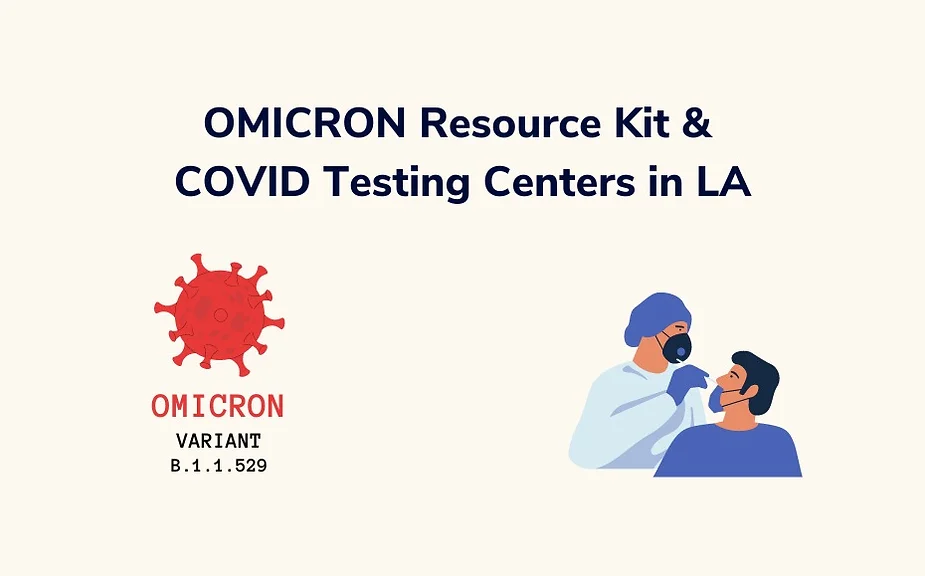- Hello • February 8, 2023
All you need to know about California CNA CEU renewal

The nursing world is constantly changing. Evolving technology, new scientific discoveries and unpredictable medical trends forces HCPs and facilities alike to stay on their toes. To ensure that their training is up-to-date, state licensing boards make nurses fulfill continuing education requirements before they can renew their licenses. Exact requirements vary by state and California is no exception to this.
To help you stay on top of your certification renewals, we will go over all the CEU requirements for California nurses.
Contact Hours and CEUs
For the uninitiated, a couple of terms need to be defined. State boards of nursing and the American Nurses Credentialing Center (ANCC) count continuing education requirements in two ways: contact hours and continuing education units. Although they are commonly used interchangeably. They are not the same.
Contact hours are 50 to 60 hours of nursing lessons. Continuing Education Units (or CEUs) are roughly equivalent to 10 contact hours. How many CEUs you will need (along with other miscellaneous requirements) is dependent on your profession and location. Below, we will go over various HCPs and their CEU requirements in California.
Certified Nursing Assistant: California CNA In-Service training entails 48 contact hours. Only 24 of these hours can be completed online. For CNA CEU renewal, at least 12 contact hours must be completed annually, within the 2-year certification period.
RN/LVN: CEU requirements in California are similar across these professions. These HCPs must complete 30 contact hours in two years.
Accepted Courses
To fulfill your CEU requirements, your classes should be relevant to your specialty, approved by the California Nursing Board and accredited by a school, employer or recognized institution.
These are courses that meet this criteria, per the California Board of Nursing.
Home Study Courses
CME Category 1
University or College Credit:
- 1 quarter = 10 contact hours
- 1 semester = 15 contact hours
To fulfill California’s CEU requirement, the course must be above the knowledge needed for licensure. Examples include:
- Physical, Social and Behavioral Sciences
- Physical sciences-pathophysiology
- Basic physical, social and behavioral science courses
- Direct Patient Care
- Skills courses (stoma care, etc.)
- Patient education strategies
- Cultural/ethnic diversity
- Indirect Patient Care
- Nursing administration
- Nursing education
- Statistics
- Legal aspects of nursing
For a full list, refer to the California Board of Registered Nursing.
Exemptions
You are exempted from CEU requirements in California in your first two years as a nurse. You also qualify if you meet one of the following criteria:
- The licensee is requesting inactive status for the license
- Employed overseas for 1 or more years, or overseas residence for 1 or more years and currently employed.
- Employed by a Federal Institution or Agency or one of the Military Services (USA), where that person is practicing nursing outside of the state of California on a California license (see Renewal Fee Waiver for Active Duty Military Personnel)
- Experienced one of the following hardships for 1 or more years:
- Total physical disability for 1 or more years, along with verification of ability to return to work.
- Total disability of an immediate family member that you are responsible for, for 1 or more years.












